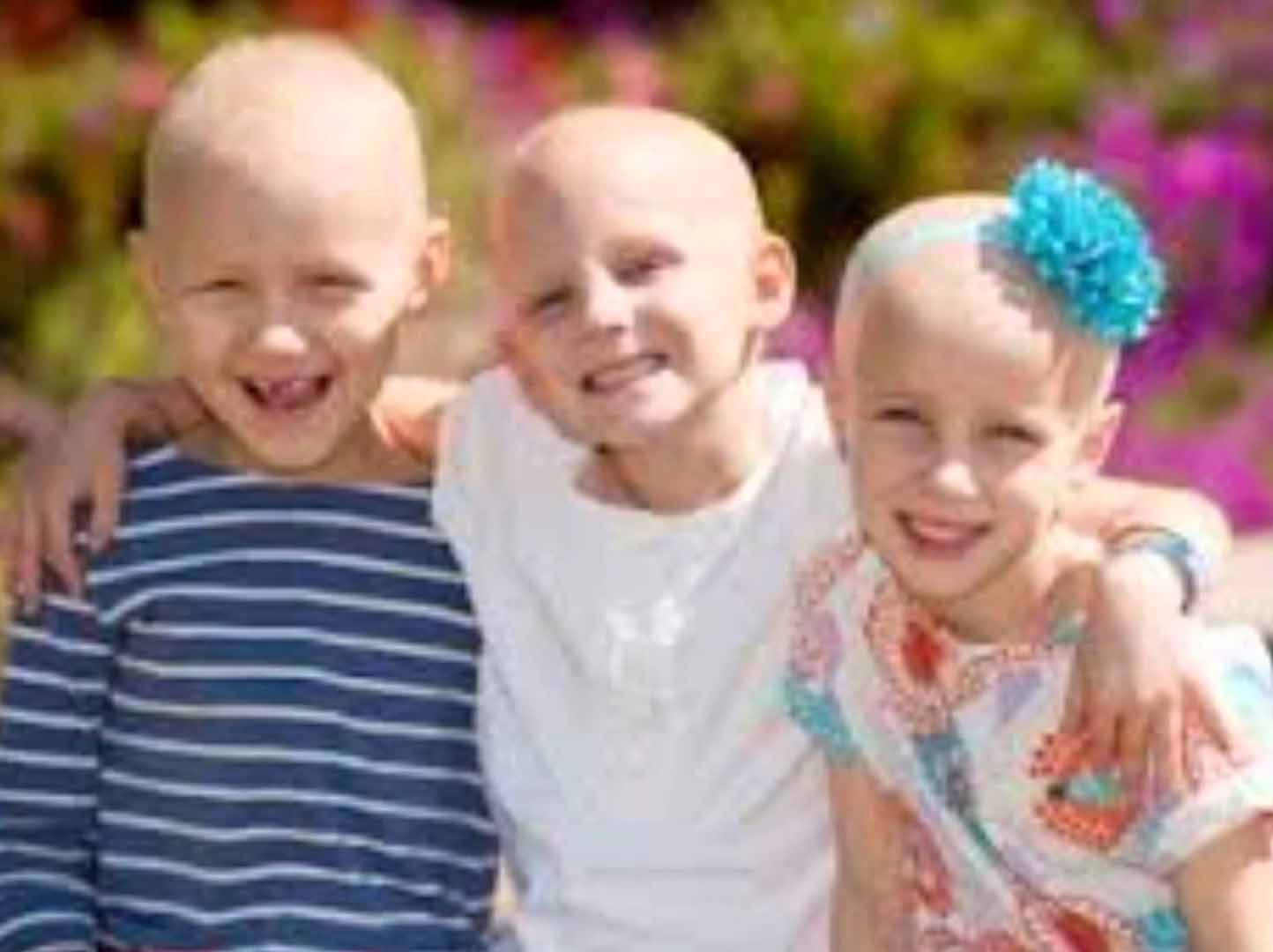Social reincorporation and quality of life in children with leukemia
Keywords:
QUALITY OF LIFE, LEUKEMIA, NEOPLASMSAbstract
Introduction: cancer in general, even in pediatric ages has been a scourge that has affected humanity in all times. Before the 1960s, the word cancer was synonymous with death, but with the course of time, the tenacity of scientists, the development of molecular biology, and the availability of more effective treatments have allowed opening a new perspective for those who were previously "predestined to death”.
Objective: to discuss about the importance of social reincorporation and the repercussion on their quality of life of pediatric patients with cancer once cured.
Final considerations: the area under discussion was approached with systematic pieces of knowledge starting from the conceptions and more general aspects until arriving at the precision of the own aspects of pediatric patients affected by cancer. Criteria were formulated that can be of concern not only for patients but also for relatives, trying at all times to raise awareness of those professionals and authorities that in one way or another participate in this process.
Conclusions: the survival rates that are currently obtained in pediatric patients with cancer make it necessary to address new clinical and psychological problems in the follow-up of these patients. The activity should include both the sick child and his / her family, neighbors, teachers and classmates, who must learn to manage the new situation of the patient once he / she is incorporated into normal life standards.
Downloads
References
1. Grau J. Calidad de vida y ensayos clínicos en cáncer: problemas y retos. Conferencia impartida en entrenamiento sobre Ensayos Clínicos. La Habana, Instituto Nacional de Oncología y Radiobiología 2015
2. Grau, J. Calidad de vida y sufrimiento al final de la vida. Conferencia magistral en el Diplomado Nacional de Cuidados integrales al final de la vida. Facultad de Ciencias Médicas “Manuel Fajardo”, Universidad de Ciencias Médicas de la Habana 2014.
3. Dorantes-Acosta E., Villasís-Keever M A., Zapata-Tarrés M., Arias-Gómez J., Escamilla-Núñez A., Miranda-Lora A. L. et al. Quality of life in Mexican children with acute lymphoblastic leukemia affiliated with the Seguro Popular insurance program. Bol. Med. Hosp. Infant. Mex. [Internet] 2012 Jun [citado 2017 Mar 15] ; 69( 3 ):[Aprox.12p]. Disponible en: http://www.scielo.org.mx/scielo.php?script=sci_arttext&pid=S1665-11462012000300012&lng=es.
4. Gomez Mengelberg E, Un recorrido histórico del concepto salud y calidad de vida a través de los documentos de a OMS.TOG. (A Coruña)[Internet] 2013[citado]; 6 (9); [Aprox.10 p]. Disponible en: www.revistatog.com/num9/pdfs/original2.pdf
5. Cadiz, D V. Urzua M.A,Calidad de vida en niños y adolescentes sobrevivientes de leucemia linfoblástica aguda. Rev. chil. pediatr [Internet] 2012 Abr [citado 2017 Mar 13] ; 82( 2 ):[Aprox.8p]. Disponible en: http://dx.doi.org/10.4067/S0370-41062011000200005
6. Flórez Alarcón L, Hewitt N. Acciones de reforzamiento de la competencia social (ARCOS): un programa de salud escolar fundamentado en conceptos de autodeterminación humana. Psychologia: avances de la disciplina [Internet].2013 [citado 2017 feb 09];7(2): [Aprox. 10 p.].Disponible en: http://www.scielo.org.co/pdf/psych/v7n2/v7n2a09.pdf.
7. Pisani P, Buzzoni C, Crocetti E, Maso LD, Rondelli R, Alessi D, et al.
Cancer in children and adolescents. Epidemiol
Prev [internet]. 2013 [citado 2017 jun 5]; 37(1):1-225. Disponible en: http://www.epiprev.it/materiali/2013/EP2013_I1S1_001.pdf.
8. Hoffman R, Benz EJ, Silberstein L, Heslop HE. Hematology basic principles and practice, sixth edition.Philadelphia: Elsevie- Saunders;2013;7(63):[Aprox.1p].Disponible en: https://archive.org/.../HematologyBasicPrinciplesPractice6thEd2013/Hematology%20-%. .
9- Céspedes Gloria Maritza. La nueva cultura de la discapacidad y los modelos de rehabilitación. Aquichán [Internet] 2015 Oct [cited 2017 Mar 15] ; 5( 1 ):[Aprox.5p]. Available from: http://www.scielo.org.co/scielo.php?script=sci_arttext&pid=S1657-59972005000100011&lng=en
10- González A, Menéndez A, Machín S, Svarch E, Campos M, Fernández R. et al Resultados del tratamiento de la leucemia linfoide aguda del niño en Cuba. Rev Cubana Hematol Inmunol Hemoter [Internet] 2014 [citado 2014 ene-mar]; 30(1).Disponible en : http://www.revhematologia.sld.cu/index.php/hih/article/view/138/102
11- Quiceno JM. Calidad de vida relacionada con la salud infantil: una aproximación conceptual. Psicología y salud [Internet] 2013 [Citado 2016 feb 12]; 18(1):[Aprox. 12 p.]. Disponible en: http://revistas.uv.mx/index.php/psicysalud/article/viewFile/673/1184.
12- Violeta Cádiz D, Alfonso Urzúa M, Myriam Campbell B. Calidad de vida en niños y adolescentes sobrevivientes de leucemia linfoblástica aguda. Rev Chil Pediatr [Internet]. 2012 [citado 2016 feb 12];82(2):[Aprox. 9 p.]. Disponible en: http://www.scielo.cl/scielo.php?script=sci_arttext&pid=S0370-41062011000200005&lng=es.

Published
How to Cite
Issue
Section
License
Authors who have publications with this journal agree to the following terms: Authors will retain their copyrights and grant the journal the right of first publication of their work, which will be publication of their work, which will be simultaneously subject to the Creative Commons Attribution License (CC-BY-NC 4.0) that allows third parties to share the work as long as its author and first publication in this journal are indicated.
Authors may adopt other non-exclusive license agreements for distribution of the published version of the work (e.g.: deposit it in an institutional telematic archive or publish it in a volume). Likewise, and according to the recommendations of the Medical Sciences Editorial (ECIMED), authors must declare in each article their contribution according to the CRediT taxonomy (contributor roles). This taxonomy includes 14 roles, which can be used to represent the tasks typically performed by contributors in scientific academic production. It should be consulted in monograph) whenever initial publication in this journal is indicated. Authors are allowed and encouraged to disseminate their work through the Internet (e.g., in institutional telematic archives or on their web page) before and during the submission process, which may produce interesting exchanges and increase citations of the published work. (See The effect of open access). https://casrai.org/credit/


